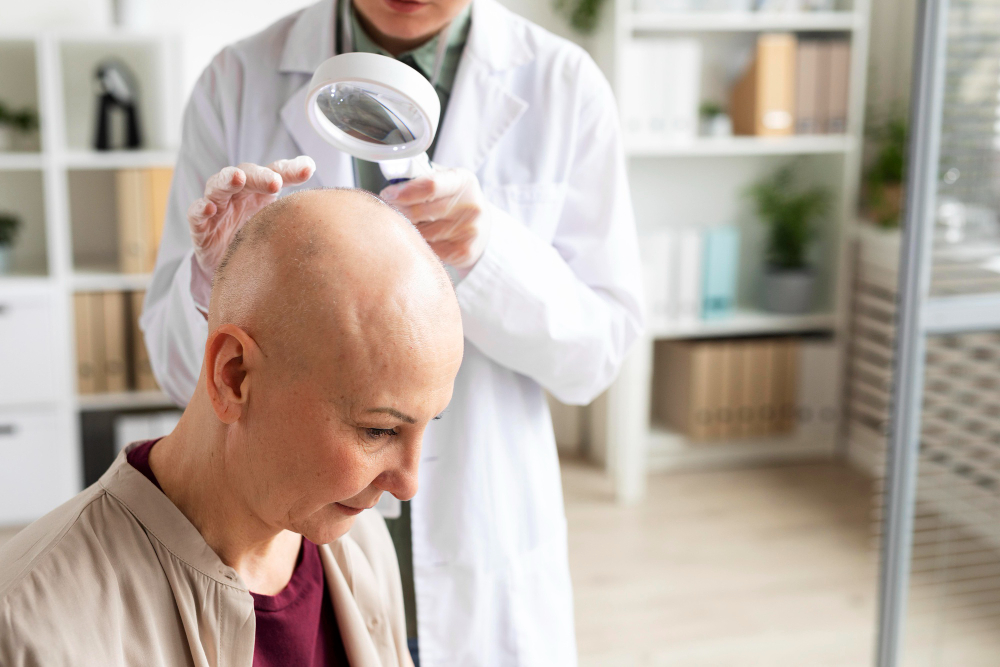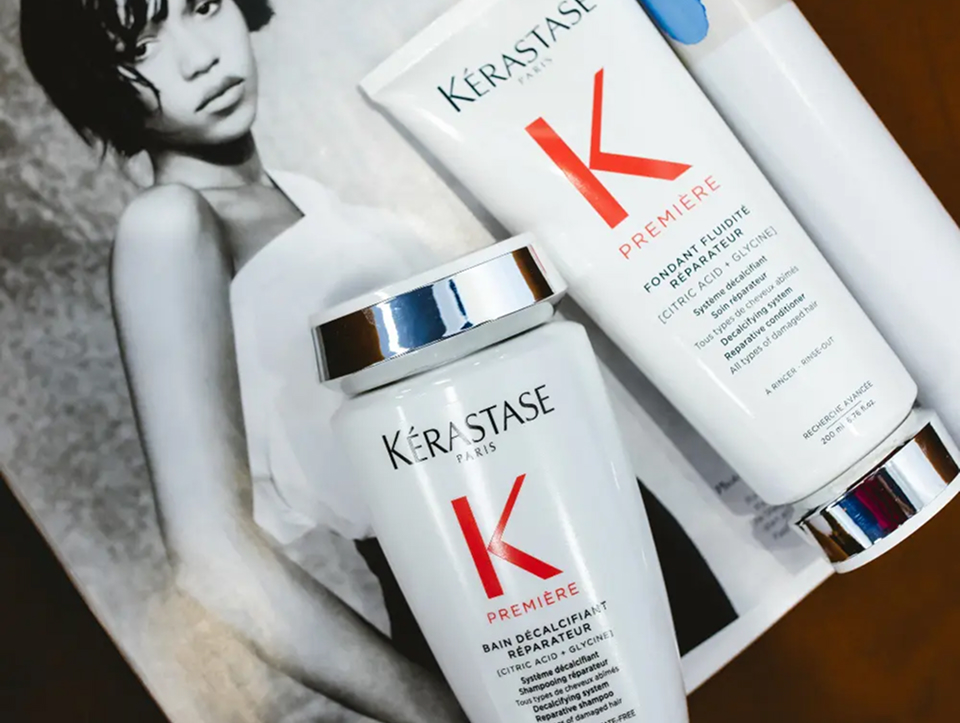Have you noticed that your ponytail feels thinner, or your part looks wider in the mirror? You’re not alone. Female pattern hair loss (FPHL), also known as androgenetic alopecia in women, is the most common cause of hair thinning in women, affecting nearly 40% of women over the age of 40.
The problem is it creeps in slowly, starting as early as your 20s or 30s. Then the struggle begins as it impacts your confidence, self-image, and daily styling.
The good news is that with the proper knowledge and treatment plan, you can slow, stop, and sometimes even reverse the process. Take action now to catch it early. Seek a professional scalp analysis and choose the right medical lifestyle approach.
Let’s explore why it occurs, how it differs from men’s hair loss, and what truly works.
What is Female Pattern Hair Loss?

Female pattern hair loss is a genetic condition where hair follicles shrink over time (miniaturization), producing finer, weaker strands until some follicles stop growing altogether.
- Starts with thinning at the crown and part line.
- Rarely causes complete baldness (unlike in men).
- Progresses gradually, often becoming more noticeable after menopause.
🔍 Clinically, doctors often classify FPHL using the Ludwig Scale or Savin Scale, which measure degrees of thinning at the crown and part line.
For more detailed information on hair loss, check out our article on what hair loss is.
How Does Female Pattern Hair Loss Differ From Men’s?
| Feature | Female Pattern Hair Loss 👩 | Male Pattern Baldness 👨 |
|---|
| Typical Onset | 20s–40s, often post-menopause | Late teens–30s |
| Pattern | Diffuse thinning at crown/part | Receding hairline & vertex |
| Complete Baldness | Rare | Common |
| Hormonal Trigger | DHT sensitivity + estrogen drop | DHT sensitivity |
| Genetics | Both maternal & paternal lines | Often, a stronger maternal link |
What Causes Female Hair Loss?

While genetics and DHT are the main culprits, several other triggers can worsen FPHL:
Hormonal Shifts
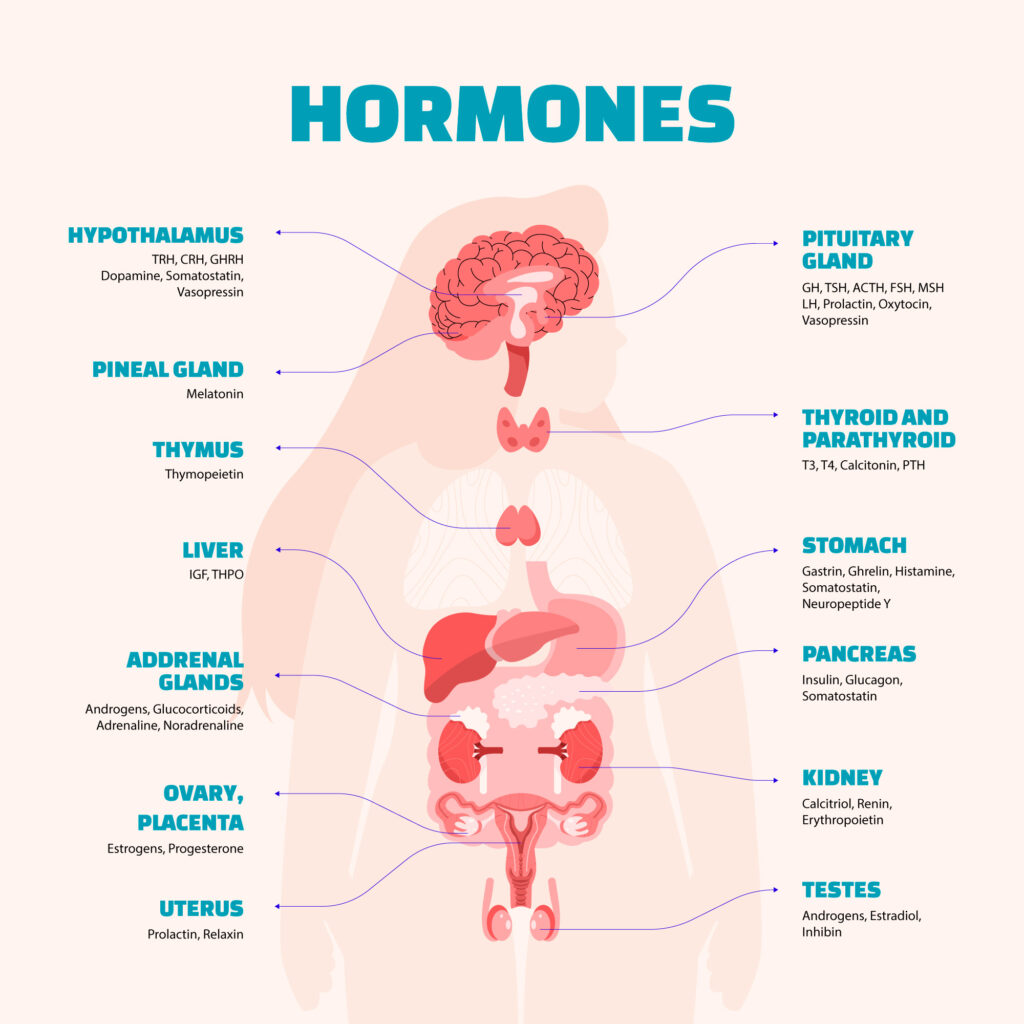
Hormones play a central role in regulating the hair growth cycle. When they fluctuate, your hair can pay the price:
- Menopause – As estrogen levels decline, the protective balance between estrogen and androgens shifts. With estrogen no longer buffering the effects of DHT, hair follicles are more vulnerable to miniaturization, especially around the crown.
- PCOS (Polycystic Ovary Syndrome) – Women with PCOS often experience higher androgen levels, which not only cause scalp thinning but also unwanted facial or body hair. Managing PCOS through lifestyle changes and medical care can help reduce this imbalance.
- Postpartum Period – After pregnancy, a sudden drop in estrogen and progesterone levels can lead to telogen effluvium (shedding). While temporary, it can also unmask underlying female pattern hair loss in women who are genetically predisposed.
👉 Hormones can feel complicated, but they’re a significant puzzle piece in understanding thinning hair.
Nutritional Deficiency
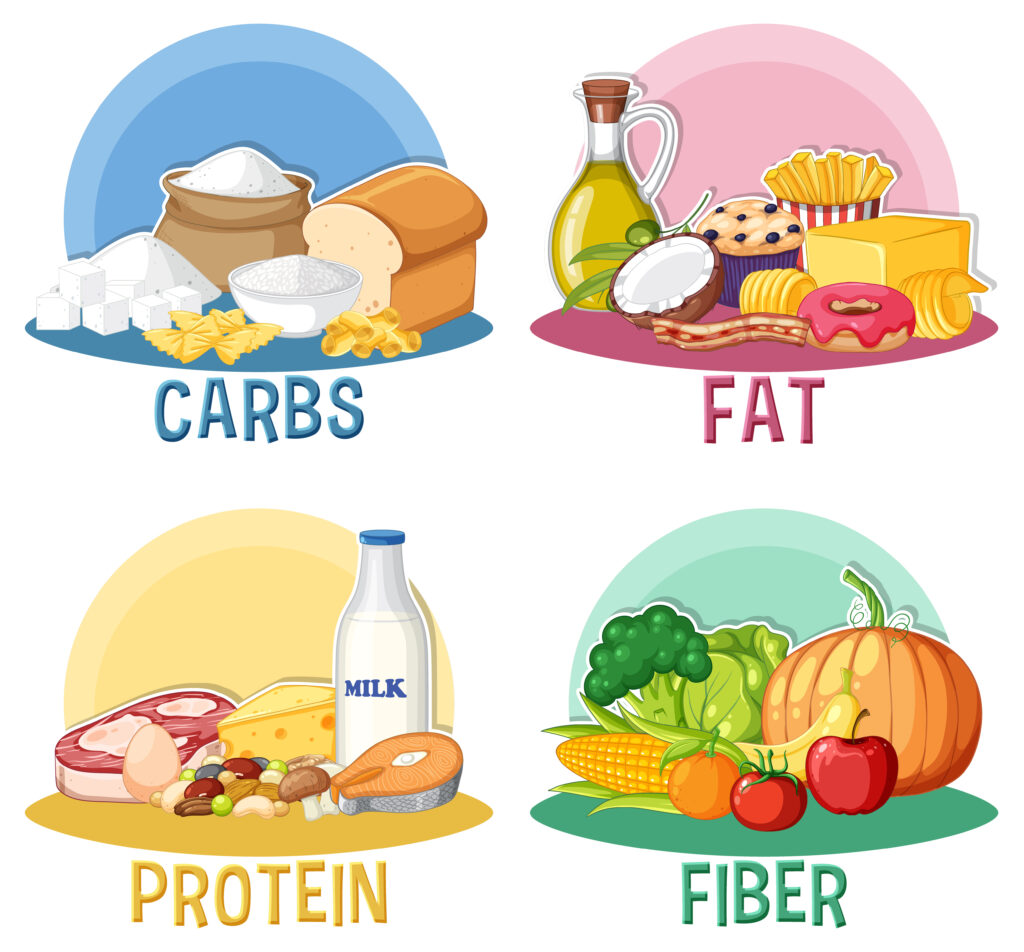
Your hair is one of the fastest-growing tissues in your body, which means it needs a steady supply of nutrients to stay strong. When your diet is lacking, your scalp is one of the first places to show it.
- Iron deficiency (often linked to heavy periods or restrictive diets) reduces oxygen delivery to follicles.
- Vitamin D plays a role in follicle cycling, and low levels are associated with increased shedding.
- Zinc & biotin are vital for keratin production and scalp health.
- Protein – since hair is made of keratin (a protein), too little in your diet can directly cause thinning.
📌 Want to learn more? Discover our guide on how your diet impacts scalp health.
Stress & Cortisol

Stress isn’t “just in your head”, it shows up on your scalp, too. Elevated cortisol (the stress hormone) disrupts the hair growth cycle, pushing follicles prematurely into the shedding phase.
- Chronic stress can also trigger unhealthy habits, such as poor sleep, skipped meals, or overexertion, which exacerbate the problem.
- Emotional stress often magnifies physical hair loss, making the experience even more distressing.
👉 Explore our expert insights on stress and scalp health and discover calming routines like scalp massages, mindful breathing, or aromatherapy that not only ease stress but also support hair wellness.
Health Conditions & Medications
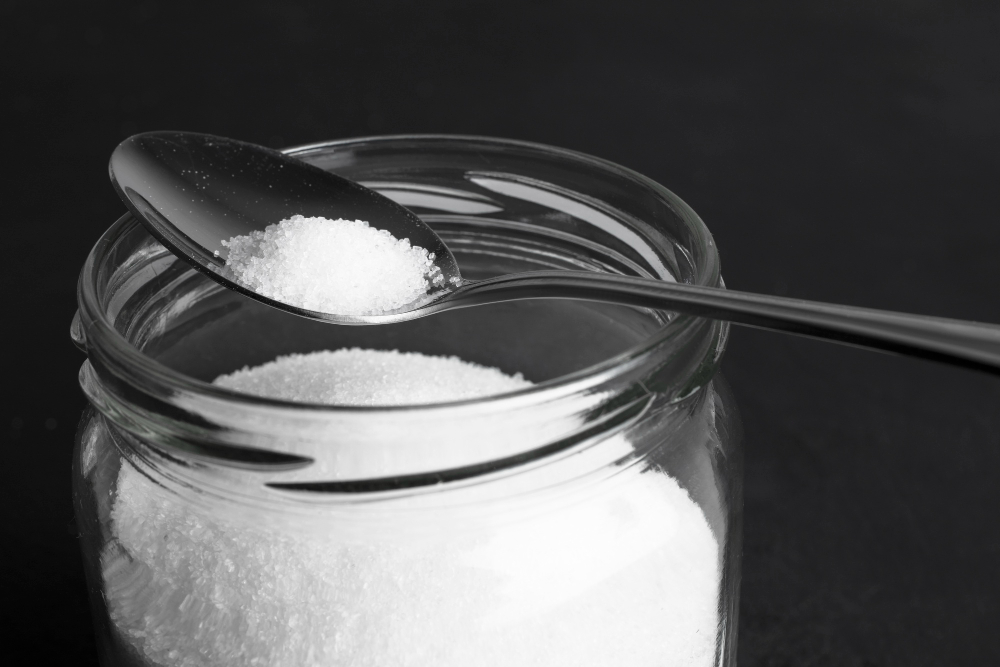
Sometimes, underlying health conditions or treatments can amplify thinning:
- Thyroid disorders (hypo- or hyperthyroidism) slow or accelerate metabolism, impacting follicle cycles.
- Autoimmune conditions, such as lupus or alopecia areata, can cause patchy loss that overlaps with FPHL.
- Medications, including certain antidepressants, blood pressure meds, or even long-term birth control use, may worsen existing hair thinning.
💡 Always consult a healthcare provider before stopping or changing medication, but if you suspect a link, a dermatologist or trichologist can guide next steps.
Environmental & Styling Damage

While not the root cause of FPHL, external stressors can “add fuel to the fire”:
- Heat styling tools (straighteners, curling irons, blow-dryers) weaken the hair shaft.
- Tight hairstyles, such as ponytails, buns, or braids, can lead to traction alopecia if worn frequently.
- Chemical dyes, relaxers, and bleach strip moisture and damage the cuticle, leaving hair fragile.
✨ The key? Treat your hair gently. Swap harsh products for scalp-friendly, sulfate-free formulas (we recommend Kérastase for salon-quality care) and opt for looser styles that don’t stress your follicles.
Early Signs You Shouldn’t Ignore
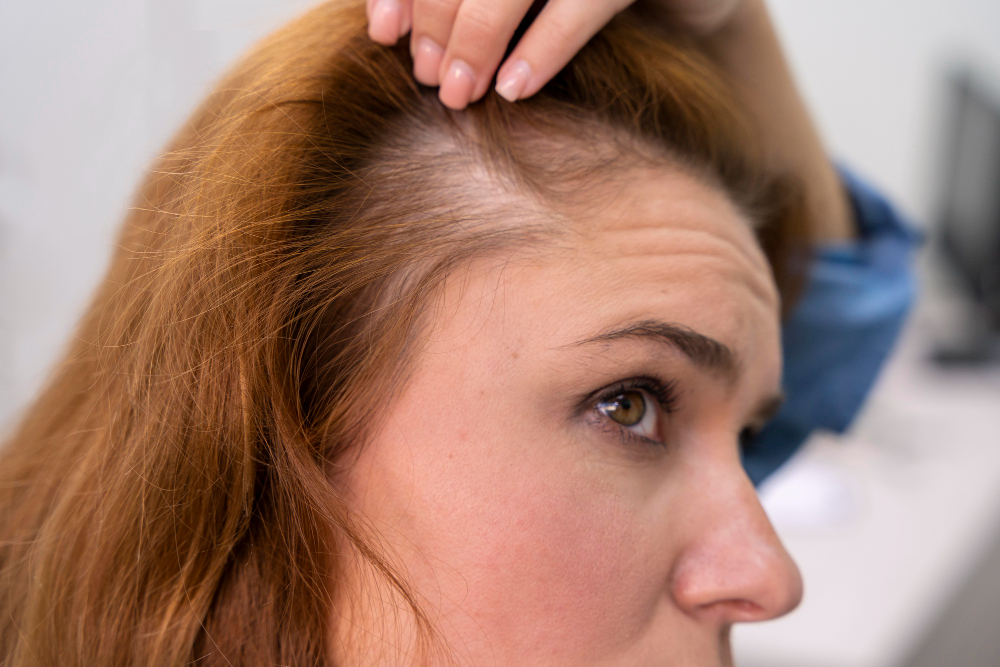
- Widening of the part line – the scalp becomes more visible.
- Loss of volume – ponytail feels thinner.
- Excess shedding – more in your brush/drain.
- Thinning at the crown or temples – especially under bright light.
- Slower growth – hair feels weaker, doesn’t reach past lengths.
👉 If you notice these signs, book a scalp analysis in Medford, MA at Haste Urban Hair Spa for early intervention.
Medical Treatments for Female Pattern Hair Loss
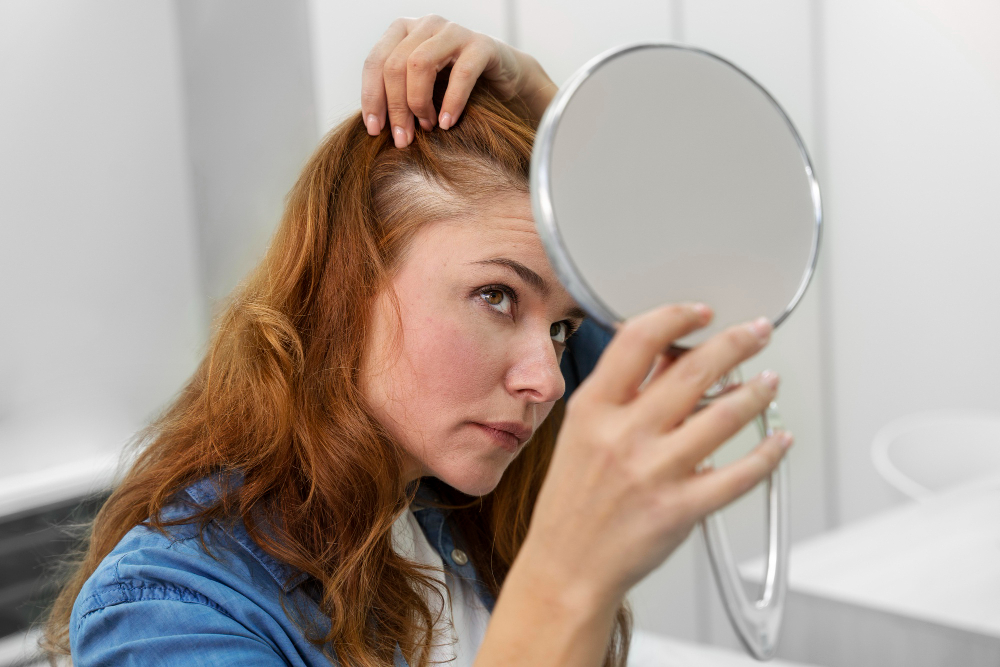
| Treatment | How It Works | Best For | Timeline | Pros | Cons |
|---|---|---|---|---|---|
| Minoxidil (2–5%) | Prolongs growth cycle | Early-stage thinning | 3–6 months | FDA-approved, OTC | Daily use, irritation possible |
| Spironolactone | Blocks DHT receptors | Women w/ PCOS or hormonal imbalance | 3–6 months | Helps acne + hair | Rx only, side effects |
| Finasteride (off-label) | Lowers DHT | Postmenopausal women | 6–12 months | Potent | Not safe in pregnancy |
| PRP Therapy | Growth factor injections | Moderate thinning | 3–6 months | Natural, non-surgical | Expensive |
| Compounded Topicals | Mix of minoxidil + finasteride/tretinoin | Those avoiding oral meds | 3–6 months | Tailored formulas | Requires compounding |
🔗 See how extensions can complement treatment.
Natural Remedies & Lifestyle Boosts

We found that medical treatments are often the most effective in combating female pattern hair loss. You can support your scalp by making lifestyle changes, but they should not replace your clinical treatments; instead, they should complement them.
✨ Eat nutrient-rich meals → protein, omega-3s, and leafy greens.
✨ Try natural oils → pumpkin seed oil and aloe vera show promise.
✨ Sleep well + reduce stress → helps hormonal balance.
✨ Use scalp-friendly haircare → try Kérastase products.
✨ Regular scalp massages → improve circulation & relaxation.
👉 Did you know that the future of your hair care also makes a difference when it comes to scalp health and hair loss? Check it out here.
Final Thoughts on Female Pattern Hair Loss
Female pattern hair loss can feel overwhelming, but you’re not powerless. With early diagnosis, personalized treatment, and holistic care, you can slow its progression and restore confidence.
At Haste Urban Hair Spa in Medford, MA, we combine advanced scalp therapies with compassionate care to support every stage of your journey.
👉 Ready to take the next step? Book your consultation now and let’s create a personalized hair wellness plan tailored to your needs.
FAQ
What’s the leading cause of female pattern hair loss?
The leading cause of hair loss in women is a genetic sensitivity to dihydrotestosterone (DHT), a hormone that causes hair follicles to shrink over time. Hormonal shifts due to menopause, thyroid disorders, or polycystic ovary syndrome (PCOS) can also trigger or accelerate the condition.
At what age does female pattern baldness start?
It can begin as early as the late 20s, but most commonly appears in women between the ages of 40 and 60. Some may not notice visible thinning until after menopause, when hormone levels change.
Is female pattern hair loss reversible?
It’s manageable, not fully reversible. Early treatment = better results. Some women experience regrowth with minoxidil, PRP, or lifestyle changes.
Can a dermatologist assist with female-pattern hair loss?
A dermatologist can diagnose the type of hair loss and recommend targeted treatments such as minoxidil, hormonal therapies, or platelet-rich plasma (PRP) therapy.
Is treatment safe during pregnancy?
No. Medications like minoxidil, spironolactone, and finasteride should be avoided. Always consult your doctor.

